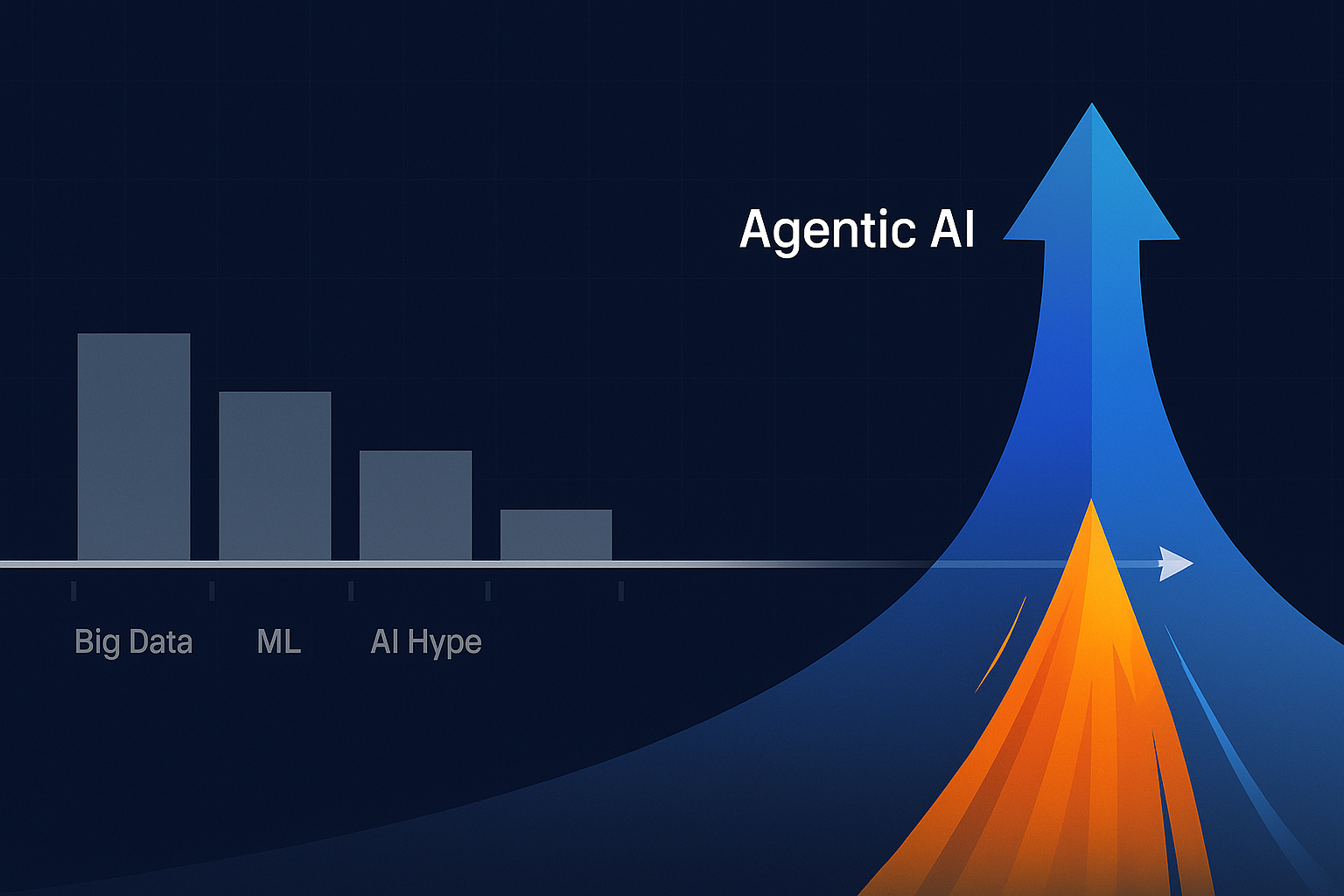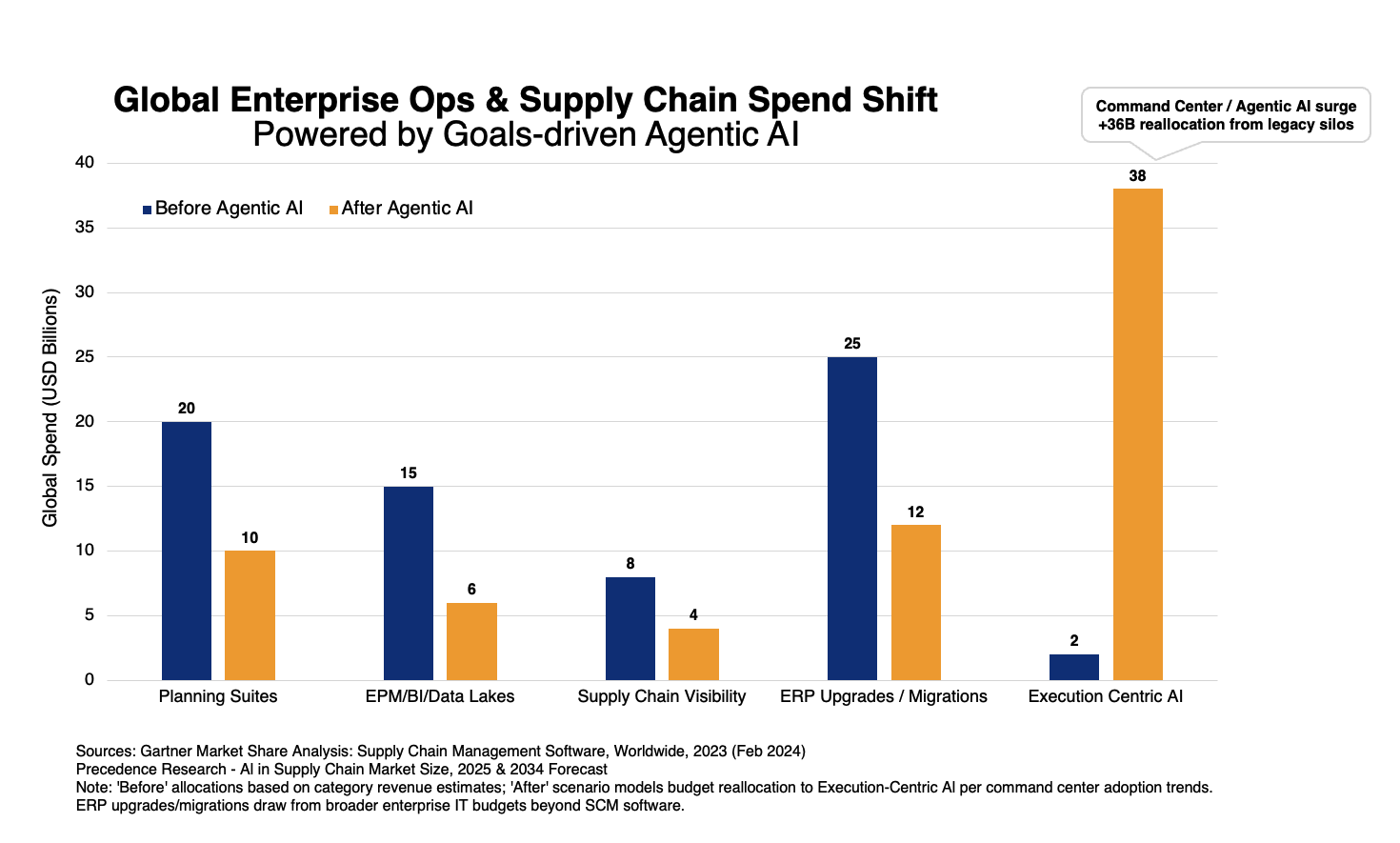How to Optimize Inventory with all the variables at play?
For supply chain managers across the board, cost reduction and managing risks are two of the top three most important priorities in today’s business environment, perhaps second only to supporting top-line growth. Inventory is one area in which cost reduction and risk management are both critical to gaining better financial results.
How much of your company’s working capital is tied up in inventory? What opportunities are you losing out on because you are holding on to unnecessary inventory? That’s the balancing act for supply chain managers operating in an unpredictable world: reducing inventory to the minimal amount needed while keeping fill rates high. It’s easy to keep excess stock on hand to ensure that it can be delivered into the hands of the customer on time, yet this isn’t a productive use of their working capital. Optimizing inventory to hold just the right amount in the right place at the right time reduces costs and drives profitability for companies.
When the supply chain is predictable, it’s easier to optimize inventory. You may be able to use linear methods like the ABC analysis developed decades ago. When you have an environment of heightened complexity and heightened uncertainty, however, it becomes much more difficult. There are myriad challenges associated with today’s supply chain: lack of granular visibility into every facet of the supply chain, goods being held in a network of warehouses in different locations, shorter shelf lives for products, frequent production halts due to shortages of raw materials, volatile demands for your product offerings, and many different types of customers with different expectations. There are also constant disruptions in the journey and unpredictable events that impact the delivery of goods.
How do you optimize inventory with all these variables at play? It takes a continuous aggregation and analysis of data from disparate sources to bring clarity to the complexities of the supply chain. This is a process that can deliver immediate insights to help you make better and faster decisions. With OpsVeda’s Inventory Optimization platform powered by AI and machine learning capabilities, companies are able to gain a dynamic view of your inventory and zero in on trends and patterns. OpsVeda helps you understand many aspects of your inventory, for example, how much of your inventory is about to expire, how much excess inventory you have, what products are being held in excess, the demand for certain products and the root causes of excess inventory.
The ability to harness data better and extract insights from it will result in a reduced inventory costs, a more productive use of working capital, better customer satisfaction, and increased revenue. Using OpsVeda’s Inventory Optimization solutions, you’ll gain a granular view of where your stock is being held, what its movements are, and how it aligns with your demand. Allocating your stock more efficiently based on demand and across all the points in the supply chain journey will create efficiencies and better meet the demands of your customers---becoming a virtuous cycle that improves your bottom-line in the long run.







